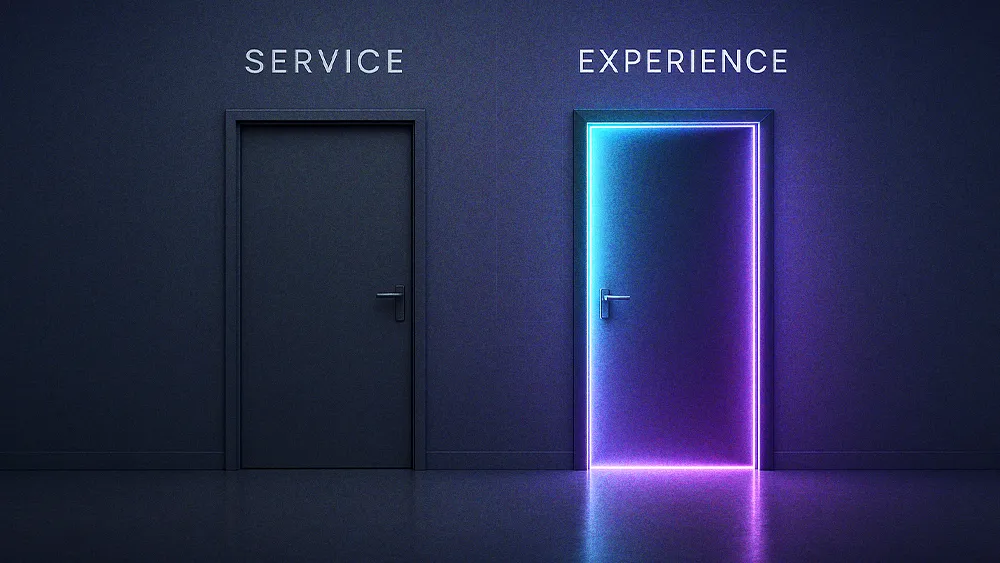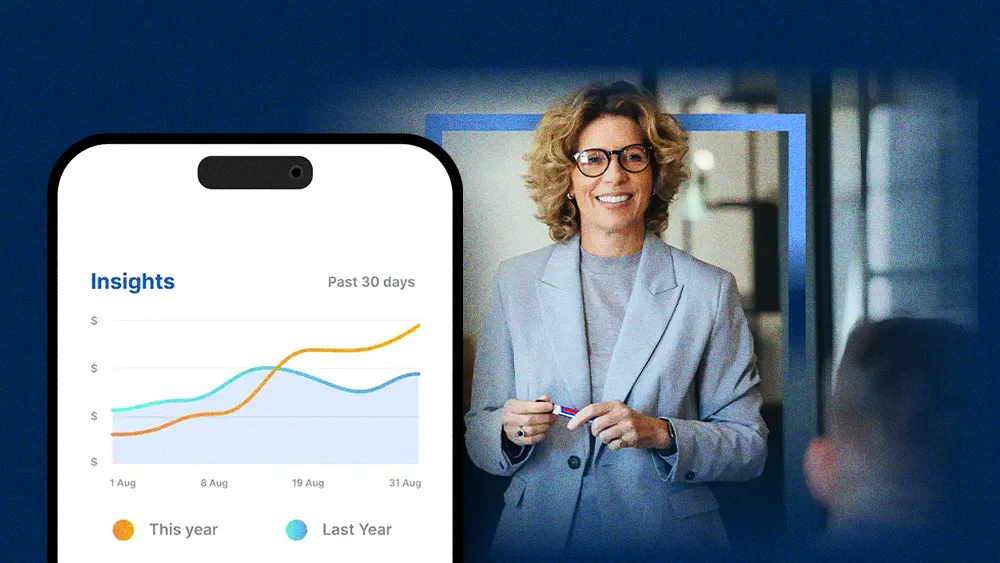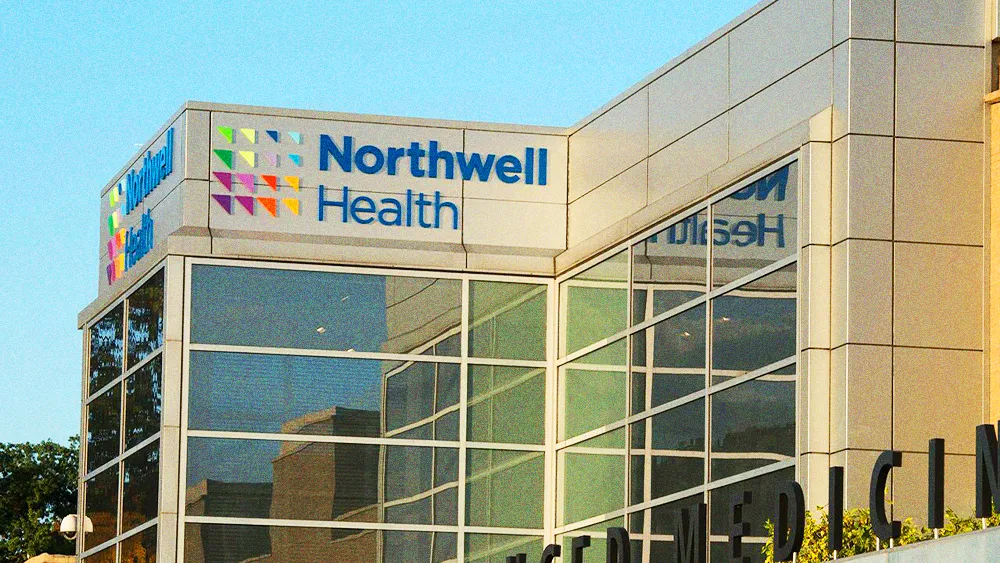
All articles
CX Thrives in Mission-Driven Cultures Where Teams Connect Purpose to Action
Bradly Sax, VP of Customer Strategy & Experience at Centinel Public Partnerships, shares how a purpose-driven culture strengthens customer experience and turns belief into measurable business results.

Key Points
Businesses driven by a shared mission create powerful feedback loops where a strong internal culture leads to a better customer experience and improved financial performance.
Bradly Sax, VP of Customer Strategy & Experience at Centinel Public Partnerships, explains that the key is ensuring employees understand the core of the mission in a personally meaningful way.
He recommends a simple approach to translate that mission into daily behavior: asking "How will this impact our customers?" at the beginning of any new project or task.
Sax describes how the approach not only removes friction for customers and employees but also creates a more efficient and profitable business model.
Customer experience is culture in action. It starts with one guiding question: How will this impact our customers? Every decision should reflect that mindset, asking who will use what we create and how it will make their life better, more meaningful, or more connected to others.
When it comes to CX, a company’s mission is more than a line on a wall. It’s what drives employees to make a real difference in the lives of their customers. When teams believe in that purpose, they show up with empathy and intention, creating experiences that feel personal and genuine. A strong mission and culture leave a lasting mark on customer experience that ultimately fuels growth and loyalty.
Bradly Sax, Vice President of Customer Strategy & Experience at Centinel Public Partnerships, has built his career on this principle. Centinel owns and manage privatized military housing and lodging for active-duty military families across the United States. For Sax, that mission shows how culture fuels customer experience and how belief in purpose turns service into impact.
"Customer experience is culture in action. It starts with one guiding question: How will this impact our customers? Every decision should reflect that mindset, asking who will use what we create and how it will make their life better, more meaningful, or more connected to others," says Sax.
First things first: "The customer impact question is not typically the first question people ask themselves. Instead, they often prioritize questions about cost, resources, and responsibility. True transformation begins when that question comes first, guiding every choice and every action that follows," he continues. It’s a simple shift in order, but one that can redefine how a company thinks, works, and ultimately serves its customers.
Getting the gist: For a mission to truly shape culture, Sax believes employees must internalize its purpose in a way that feels personal and genuine. What matters isn’t perfect recall, but real connection. "I'm not concerned with employees quoting the mission verbatim. I'm more interested in whether they get the gist of what we're talking about, and if it drives their work and connects with them as a person."
Sax explains that this philosophy applies across industries, even for B2B companies that seem far removed from emotion or empathy. He recalls a client that built clean rooms for hospitals and found its purpose by reframing the work not as construction, but as enabling better patient outcomes.
Culture with a cause: "Most things can be connected to meaningful, empathetic, and caring outcomes for the customer. It’s about helping team members see that connection so they have real focus in their work. I once had a client building clean rooms for hospitals, and I told them, you’re not just building walls or running cables. You’re building the infrastructure that allows people to get better," says Sax.
All about the end user: "When you think about the end user, you realize every decision has an impact. It’s really about asking who’s going to use this product at the end and how we’re helping make their life more meaningful, better, or more connected to other people," he continues.
When a customer-first mindset takes hold, it changes everything. The tools and processes built to make life easier for customers also make work simpler for employees. Frustration gives way to focus, and teams start creating value instead of managing problems. Operational excellence and customer satisfaction stop competing and start moving in the same direction.
All gain, no pain: "Thinking about the customer first also means thinking about your team members. What makes things easier for customers almost always makes things easier for employees. When you remove friction from the customer experience, you remove it from the employee experience too, creating a smoother, more efficient business for everyone," says Sax. In the end, the path to happier customers often starts with empowered, supported employees.
The payoff, according to Sax, comes from an active strategy. "When a business delivers on its customer experience outcomes, it also delivers on its business outcomes, primarily revenue and profit." For Sax, it’s a simple truth with lasting impact: "When you build a culture around the customer, everything else starts to work better too."







